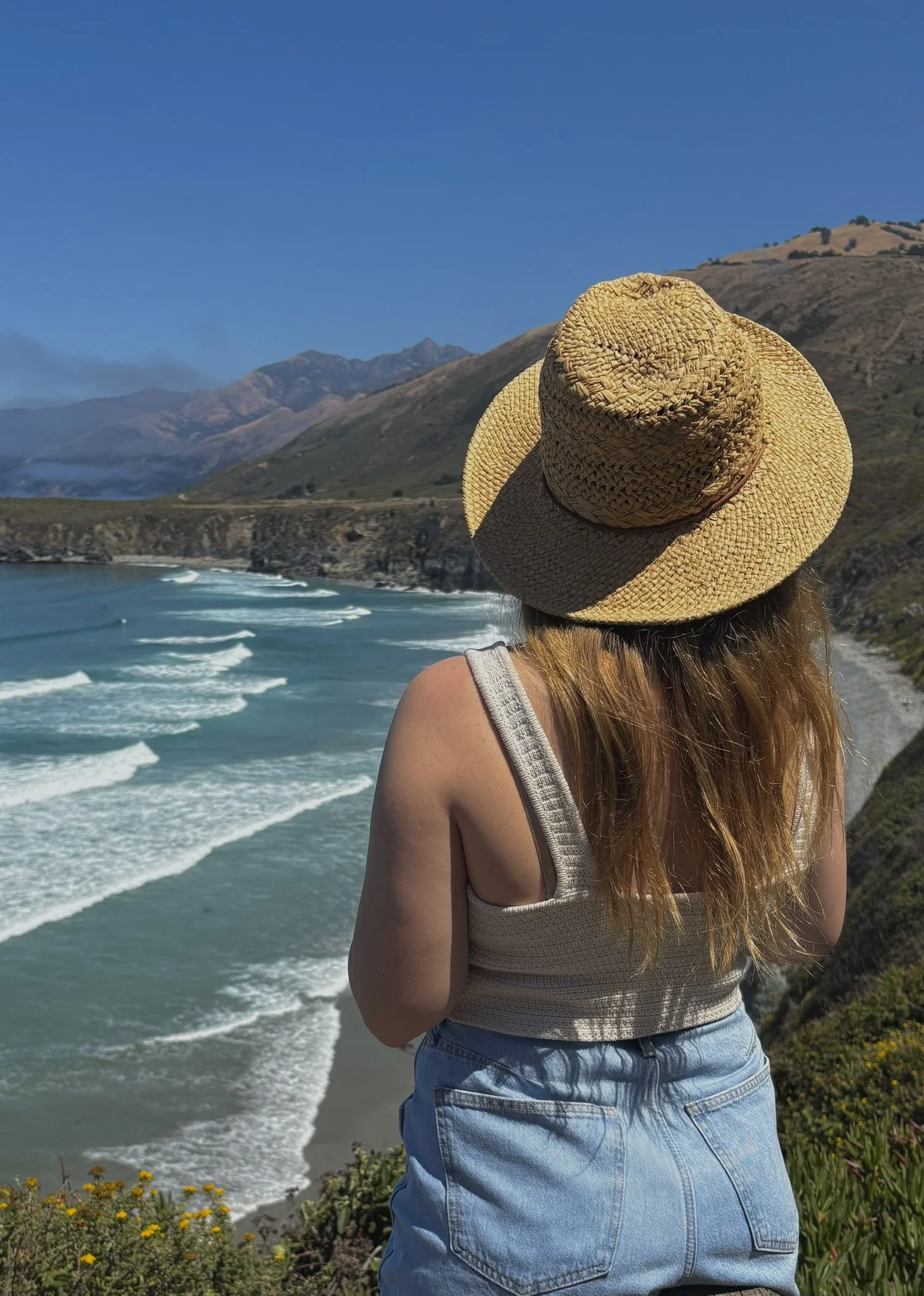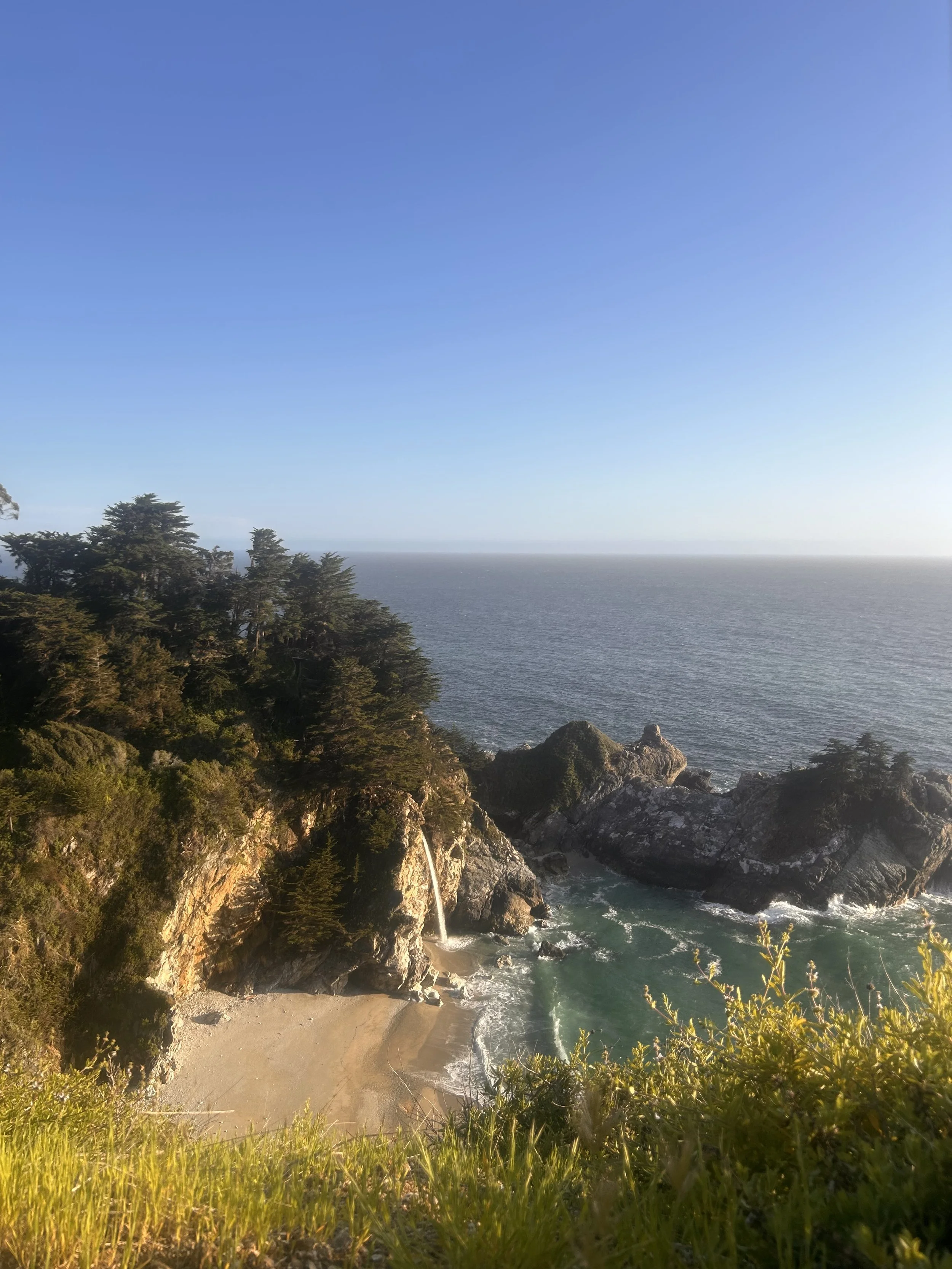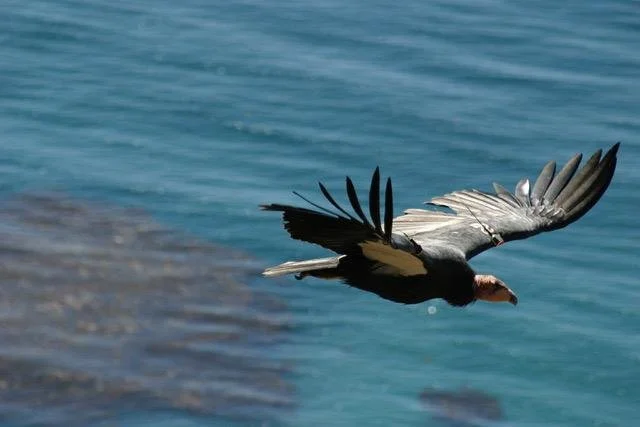Big Sur’s Destination Stewardship Plan
Stewardship
Big Sur’s breathtaking beauty draws visitors from around the world, but its popularity comes at a cost. The infrastructure of Big Sur can at times be overwhelmed.
Big Sur’s Destination Stewardship Plan (DSP) was created to address these challenges that impact both visitors and residents. Led by the Community Association of Big Sur and Beyond Green Travel and developed in collaboration with local agencies like See Monterey, community groups, and residents, the DSP is a roadmap for protecting what makes Big Sur unique.
Widespread Community Input
Big Sur must find a balance between welcoming visitors and preserving its natural beauty. Inspired by global examples from other highly visited places defined by their rural character and natural beauty the DSP aims to:
-
Protect Big Sur’s environment
-
Improve the visitor experience
-
Support residents’ quality of life
The DSP was shaped by a yearlong process beginning in summer of 2019 that included 178 consultation meetings with stakeholders and 345 resident surveys, including responses from Spanish-speaking residents.
Voices from all parts of Big Sur—including local business owners, nonprofits, emergency responders, and public agencies—helped shape this plan.
Overcrowding at popular vista points like Bixby Bridge, McWay Falls, and Pfeiffer Beach
Visitor education & communication
Lack of public restrooms
Addressing persistent trash and litter problems
US Forest Service visitation management
Maintaining current housing supply for residents and seeking paths for additional community housing where it is compatible with the Big Sur Land Use Plan
What’s in the Plan
The DSP contains a range of approaches to address urgent challenges such as:
The DSP aims to tackle these challenges by improving infrastructure, protecting the environment, and coordinating efforts across different agencies. The plan breaks these ideas into short-term and long-term actions.
Successes So Far
The DSP was accepted by the Monterey County Board of Supervisors as an advisory document through a unanimous vote on December 1st, 2020. Some successes associated with the DSP so far include:
CABS led data collection with local resident involvement supported:
Elimination of parking on the Old Coast Road section of the Bixby Bridge overlook that led to congestion and danger to pedestrians.
The initiation of a dramatic rise in the fine for illegal highway camping on Highway 1, which is now $1,000 per offense.
Implementation of a traffic counter located at Mal Paso Road, the gateway to Big Sur allowing stakeholders to better understand and prepare for fluctuations in visitation.
Better monitoring and enforcement of traffic laws during peak holiday periods by local law enforcement at identified problematic “hotspots”.
Initiation of a self-registration system for the popular Pine Ridge Trail, led by the Ventana Wilderness Alliance with support from CABS and Nepenthe. Self-registration tracks use, protects wildlife and improves safety.
Launch of a Visitor Use Management (VUM) Strategy: A key DSP recommendation, CABS helped bring together land managers and partners to develop and publish a formal strategy for managing recreation on federal lands.
Read more hereAddressing Big Sur’s housing challenges: Efforts related to this area of the DSP include supporting expanded Accessory Dwelling Units (ADUs) and advocating for policies to address the impacts of short-term rentals (STRs) on the long-term housing market.
The DSP proposes to address the aforementioned challenges by improving infrastructure, enhancing environmental protections, and coordinating efforts across jurisdictions. In the DSP these proposals are divided into opportunities for short term and long term actions.

Looking Ahead
The DSP offers a path forward to honor Big Sur’s natural beauty, support the people who live here, and ensure great experiences for visitors. Solutions are still taking shape to address complex challenges, and it will take a broad coalition of stakeholders, both within and beyond Big Sur, to identify and act on them. Together, we can shape a more sustainable future for Big Sur.













